Committee Blog: Exploring Anti-Counterfeiting Packaging Solutions
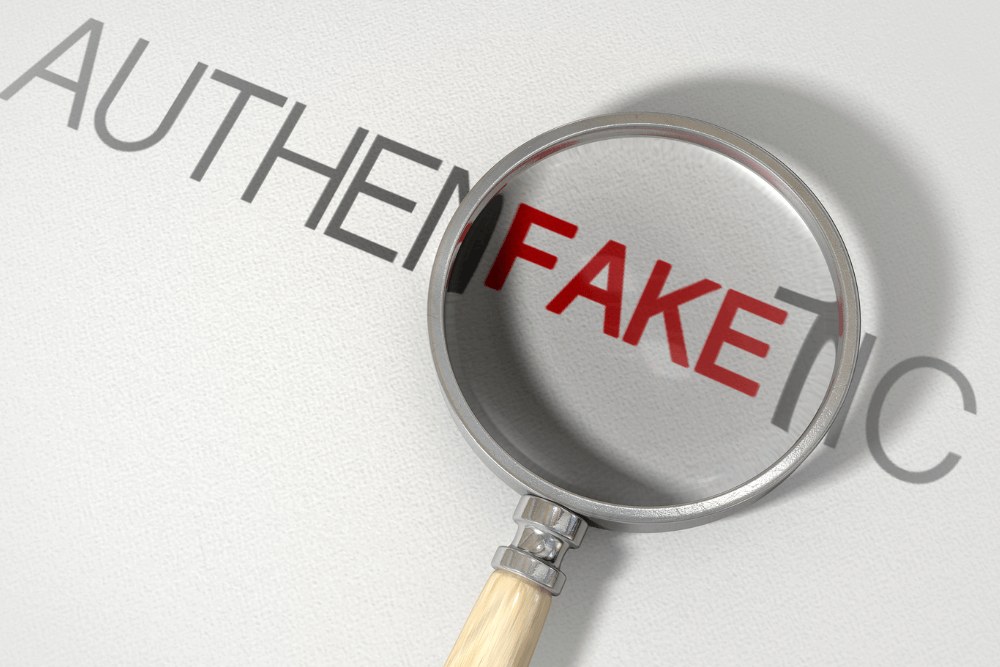
The cannabis industry has seen success and achievement in recent years. However, with this success comes a challenge: counterfeiting. Counterfeit cannabis products pose serious risks to consumers and can damage the reputation of legitimate businesses. To preserve authenticity and protect consumer safety, solid anti-counterfeiting measures can be implemented. One crucial aspect of anti-counterfeiting efforts is using packaging solutions that are both secure and reliable. Let’s take a closer look at the types of counterfeiting and the packaging options available to protect brands and consumers.
What is Counterfeiting?
There are two main types of counterfeiting that we’ll focus on:
Packaging Impersonation: Occurs when fraudsters recreate the packaging of popular and trusted brands. The aim is to deceive consumers into believing they are purchasing authentic products from a brand. Counterfeit packaging can closely mimic the design, colors, and labeling of genuine products, making it difficult for consumers to differentiate between authentic and counterfeit items. This poses a risk to a brand’s reputation if counterfeit products are being sold under their name because these fake products usually do not meet a brand’s standards for safety and quality.
Product Tampering: Product tampering involves attempts to alter, manipulate, contaminate, or compromise cannabis products. This poses significant health and safety risks to consumers, especially if harmful contaminants are introduced or if the potency of the product is affected.
Anti-Counterfeiting Options
To combat packaging impersonation, there are a myriad of solutions available. Most solutions aim at making packaging replication difficult. Using holograms on packaging is one option that will increase the difficulty fraudsters will face when trying to duplicate packaging accurately. Holograms can also incorporate additional security features like microtext and unique serial numbers. This further increases the complexity and uniqueness of the package. The complexity, specialized equipment, and materials required to create convincing holograms may deter counterfeiters from even trying to replicate that specific package, as it increases the cost.
Additionally, color changing inks, specifically tamper-indicating inks, can provide a visible indication of tampering. If someone attempts to move or reposition a label, the tamper-indicating ink is triggered and will display a different color indicating that the product may not be valid. Another type of color changing ink technology is photochromic inks. This color changing ink technology can act as an invisible layer of protection. They are only visible under specific lighting conditions and fraudsters may miss adding these to counterfeit packaging. Lastly, digital watermarking is a great option to combat packaging impersonation. These are not visible to the naked eye, but are embedded within your packaging design, for example in your logo. When these watermarks are scanned with specialized software, devices or cell phones, it can allow for verification of authenticity. Not only do digital watermarks help with authenticity, but can add customer interaction as well. When a customer scans the watermark with their smartphone, they can be taken to the brand’s website, a special landing page, and more. To take the level of protection even further, with digital printing it is possible to put a different code in each package which creates unique IDs for one product. These watermarks can even contain important information such as batch numbers, production dates, and more to enable product tracing.
To combat product tampering, a simple solution is using tamper evident bands on containers. Tamper-evident bands fit snugly around the closure of a container and are applied when the product is sealed. The only way the product can be opened is if the band is removed. Tamper evident bands provide visual evidence of tampering to the consumers and also help prevent the container from being refilled and sold. Similarly, tear notches on flexible packaging provide the same benefit that temper bands do. These are small indentations or perforated areas on flexible packaging that provide a visual indicator to consumers if a product has been opened. Both tamper bands and tear notches instill confidence in consumers by ensuring that the product meets brand’s standards for quality and safety. Lastly, using a tamper-evident seal which incorporates color-changing inks to indicate unauthorized access to a package. When the seal is intact, it will remain the original color, however if someone attempts to peel off or break the seal, the ink changes color providing evidence of potential tampering. This technology helps to safeguard products during storage, transportation, and distribution, providing assurance to consumers and protecting against counterfeit or tampered goods.
Best Practices and Conclusion
In addition to implementing the anti-counterfeiting options above, brands in the cannabis industry should consider adjusting their labels and packaging designs to increase the difficulty for replication. Furthermore, educating consumers about the key elements to observe on a brand’s package or label can enable them to detect subtle indications of tampering. By protecting both the packaging and the product, the cannabis industry can preserve its reputation and ensure the success of legitimate businesses.
Committee Blog: Brand Driven Package Design Cheatsheet
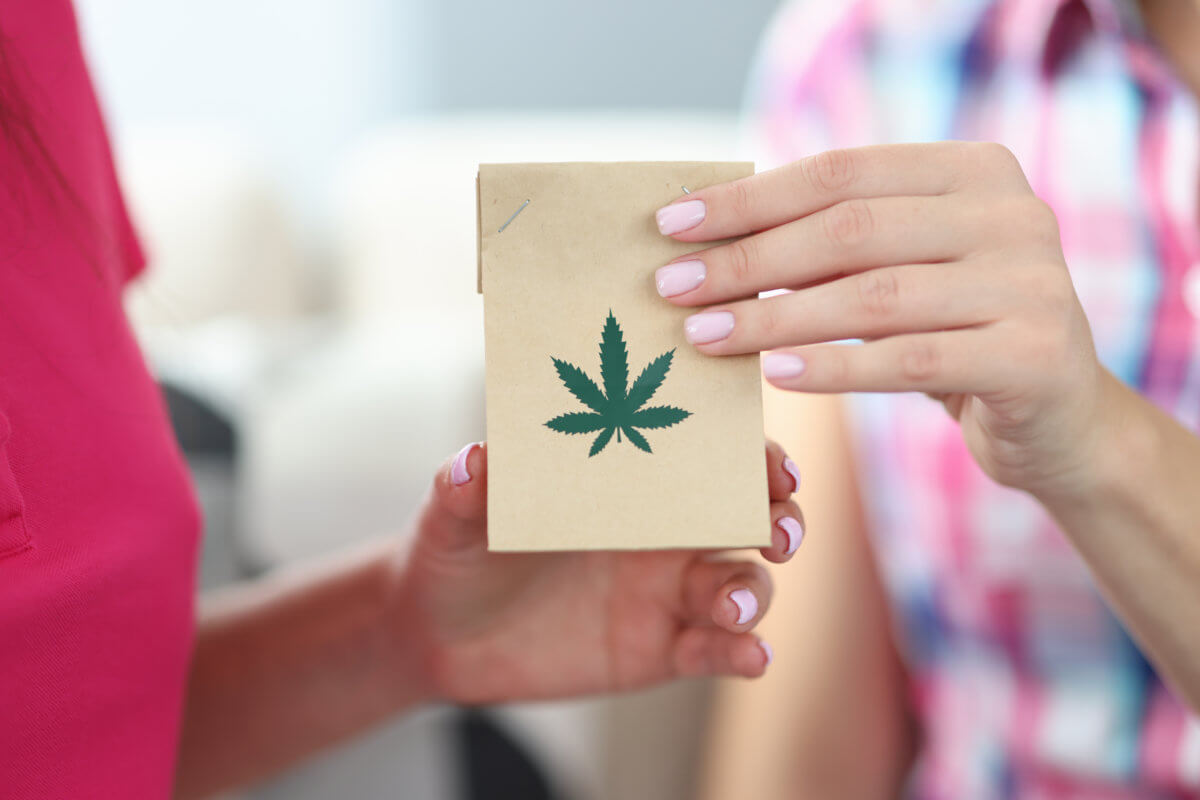
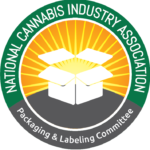 by Wendy Barr, CEO & Creative Director, Barrcode Branding
by Wendy Barr, CEO & Creative Director, Barrcode Branding
Member of NCIA’s Packaging and Labeling Committee
You want “that” package, the one that is flying off the shelves; the one that people photograph and post on social media; the one that makes the consumer feel something inside, something special, maybe even emotional. Maybe it’s a package they keep, reuse, save, share, and purchase over and over again.
If you’re in retail, you want a package that earns you shelf space. A package that retailers want at eye-level in their stores and dispensaries, featured on their website, in their app, directly in front of the consumer… tantalizing, educating, and urging them to purchase. Admit it, you have an amazing product, and you want irresistible packaging design!
What does all gorgeous packaging have in common?
YES!! Branding!
Cool, you have been listening…
Yes, it’s true, we’re extremely passionate about packaging design (and branding). That’s why we’ve committed our professional life to the packaging design industry. We want to understand why a consumer is compelled to purchase one package over another. What makes this package so hypnotic and desirable? We want the graphics, colors, messaging and overall design to appeal to something deep inside of the discerning adult consumer. It’s our goal to create a personal connection that expands beyond the product itself. The packaging is more than a mere vehicle. It should hold the sale, inform, and delight the consumer.
Did you know that packaging design is one of the last sustaining manufactured print products?
Think about it. Magazines, books and literature, posters, flyers, brochures, album covers (yes, I remember vinyl), even business cards are on their way out. But, product packaging is here to stay. It can’t be purely ‘digital’; the product has to go into something for transport, storage, information, and more.
Your packaging is a billboard that represents your entire brand.
Your branding will dictate the look and feel of your packaging, and the language used to communicate the product’s value to the consumer. When you get this part right, you can experience huge rewards. But if you get this wrong, you may never get a second chance. Ouch, that stings…
Many businesses get this wrong, especially those in newer industries like the legal cannabis, CBD, and hemp industry, for example. Some companies opt for a white label product and simple packaging design created by the white label company. Or they print their own labels using their DIY logo and wonder why it’s not selling. It’s a great product, tried and true, but the packaging doesn’t communicate the brand value to the consumer effectively resulting in #epicfail.
Why focus so much energy on Brand Driven Package Design?
If the goal is to be visible, popular, and profitable, your product packaging can’t be an afterthought. Your branded product packaging is part of the big picture. It’s functional marketing and should be treated as such. Keep it simple, clean, and on-brand, and you can’t go wrong. You got this!
Here is your mini cheatsheet:
Branding (need I say more?)
Your spot-on brand identity comes first, it has to, because your packaging design is a reflection of your brand. The logo, colors, fonts, imagery, and language must be indicative of your unique differentiation as a brand.
Sustainability (it’s time to save the planet!)
Make sure that your packaging materials reflect your brand values and mesh with the product. Sustainability issues and concerns are critical due to the potential negative impact on the environment. Consider recycled and/or recyclable materials, and work with regulators and lawmakers to improve access and feasibility.
Primary vs. Secondary Packaging (what does it all mean?)
Primary packaging is what directly holds and contains the product (like a bottle). Secondary packaging is the exterior packaging (like the box that holds the bottle) that protects and/or labels the product. Tertiary packaging is used for bulk handling, storage, and distribution.
Specialty Design Agency (can you say branding?)
Choose an agency that is or has worked closely with you on the development of your brand. A professional agency will have designers with expansive knowledge regarding packaging design, print production, branding, and marketing. Your packaging design, website, and marketing efforts must be intrinsically and cohesively linked to your brand identity.
Wait, maybe white label or private label would work for you. But, in that case, is branding still a valid concern?
I’m so glad you asked! White labeling is hot and trending in the cannabis industry. But, is it right for you? Let’s take a look…
What are White Label Products?
White label products are mass produced by a manufacturer as a generic product, and sold to a retailer who will in turn add their own label and sell it under their brand name. The formula is standard and typically, cannot be customized. So, the only thing that you can customize is the branding, packaging design and brand marketing.
What are Private Label Products?
Private label products are produced by a manufacturer as well, but in partnership with the brand to create a unique formulation. It is a longer, more expensive undertaking, but it results in an exclusive product. Retail brands use this to differentiate their products and cater to their niche audience.
White Label vs. Private Label
How do business owners decide which is the best investment for them? Well, it’s important to weigh the price differential. White labeling is more affordable, but the product is not original. Private label requires a more substantial investment, but it allows for collaboration, flexibility, and exclusivity with regards to formulation, and in some cases, trademarking and market share. But, unless you have a loyal, expansive customer base and exceptional branding/marketing, it could be difficult to compete against established, well-known brands.
What is exactly the same?
BRANDING! In the end, no matter the direction you choose, a white-label product or a private label, the only way to optimize your visibility and assure that your product stands out is branding. Having professional, eye-catching branding, a spot-on brand story and a unique branded marketing strategy can earn you distribution, shelf space, and loyal customers now and in the future.
Short story long, if you are in this to win this, do it right the first time! Make it custom, make it YOURS!

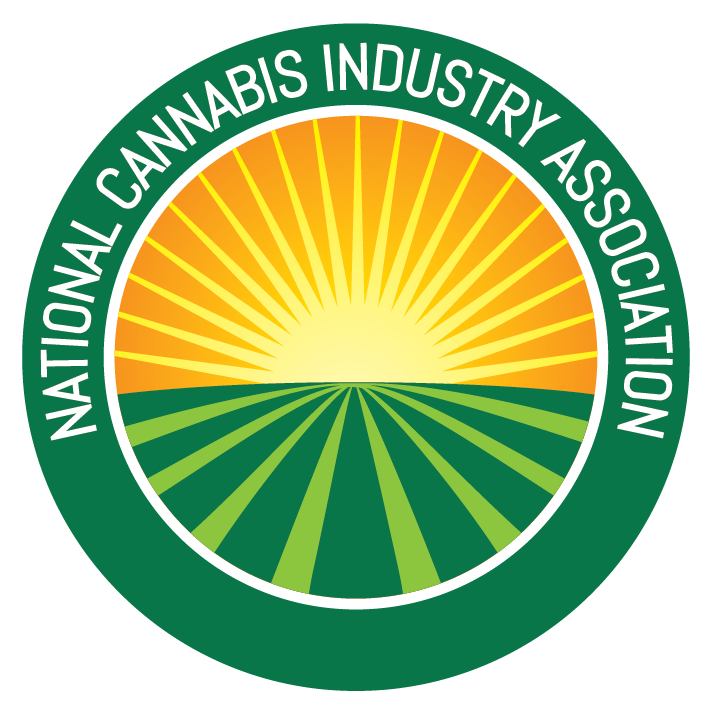
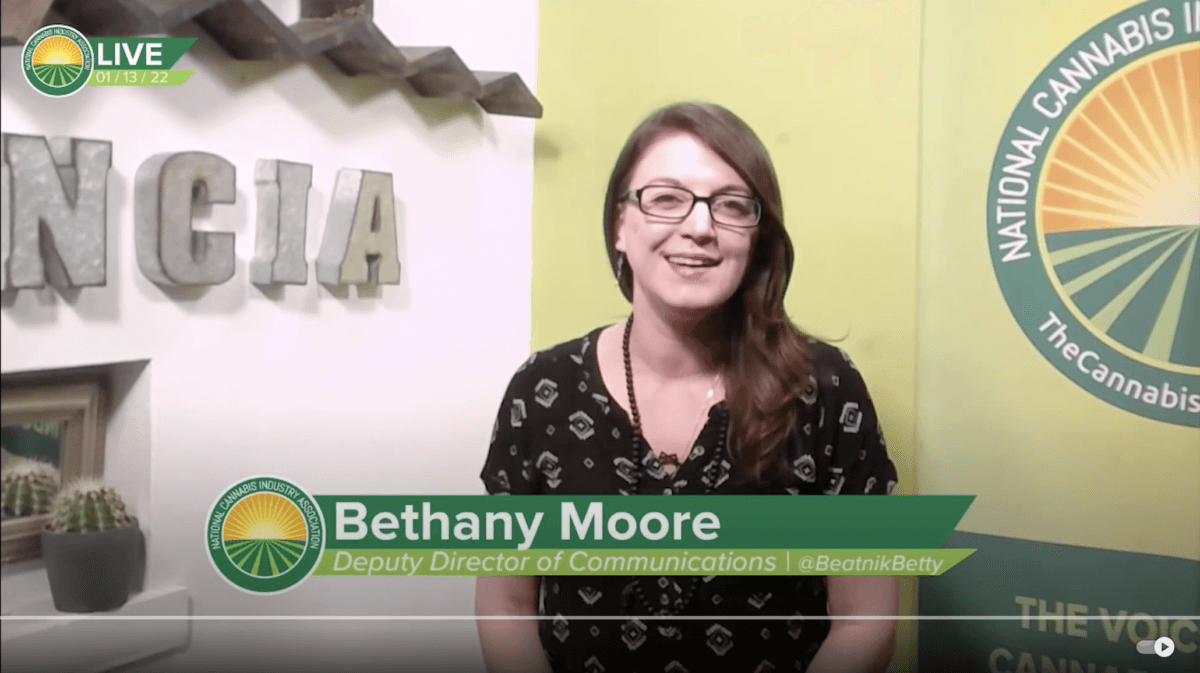

 by Wendy Barr, CEO & Creative Director,
by Wendy Barr, CEO & Creative Director,